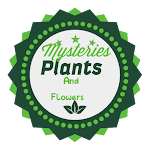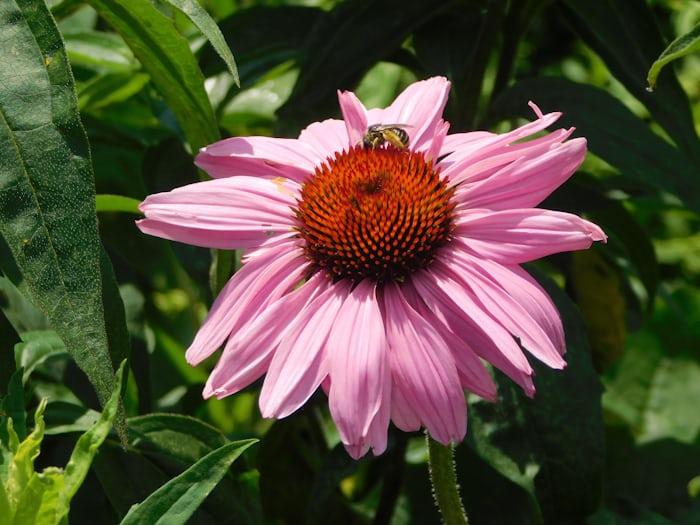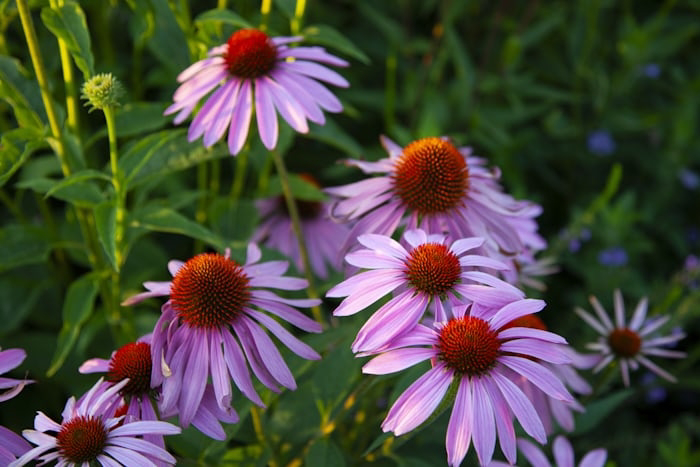Prick up your ears! Echinacea, the spikey wildflower, isn't just a pretty face. This warrior herb boasts a surprising 15 secrets. From potential immune system support to its historical use by Native Americans, Echinacea offers a glimpse into nature's medicine cabinet. It even attracts butterflies! Dive deeper and discover why Echinacea might just become your new garden (and health) hero.
-
Warrior's Shield: Native American tribes used Echinacea for centuries, applying it to wounds and treating infections. This earned it the nickname "Prairie Coneflower" or "Hedgehog"
-
Immunity Booster (Maybe): Echinacea is widely known for its potential to support the immune system. While research is ongoing, some studies suggest it may help shorten the duration of colds and flu.
-
Coneflower Chameleon: Echinacea comes in nine different species, each with slightly different appearances and potential benefits. The most commonly used for medicinal purposes are Echinacea purpurea (purple coneflower) and Echinacea angustifolia (narrowleaf coneflower).
-
Queen of the Butterflies: Echinacea's vibrant colors and abundant nectar attract butterflies and other pollinators, making it a valuable addition to pollinator gardens.
-
More Than Meets the Eye: Echinacea's benefits go beyond the above-ground plant. The roots also hold potential medicinal properties, and some products utilize both parts of the plant.
-
Not Just for Humans: Echinacea extracts are sometimes used in veterinary medicine to support the immune system of animals.
-
Defense Mechanism: The unique spiky cone in the center of the Echinacea flower head is not just an ornament. It's thought to deter herbivores from munching on the valuable pollen and seeds.
-
Adaptable Ally: Echinacea thrives in various climates, from the dry prairies of North America to the cooler regions of Europe and Asia.
-
Ancient Appeal: Evidence suggests the use of Echinacea by indigenous people dates back centuries, potentially even millennia.
-
Timing is Key: For maximum potential benefit, Echinacea is often recommended to be taken at the first sign of a cold or flu, not after symptoms have fully developed.
-
Check with Your Doc: Echinacea can interact with certain medications, so it's crucial to consult your doctor before using it, especially if you have any pre-existing health conditions.
-
Not for Everyone: While generally safe for most healthy adults, Echinacea may not be suitable for pregnant or breastfeeding women, or people with autoimmune diseases.
-
The Power of Parts: Different parts of the Echinacea plant may have varying levels of active ingredients. Look for products that specify which parts are used to ensure optimal benefit.
-
Beyond the Bottle: Echinacea can also be found in various forms, from teas and tinctures to capsules and lozenges. Choose the form that best suits your preference and needs.
-
A Garden of Possibilities: Echinacea is not only a valuable medicinal herb but also a beautiful addition to gardens, attracting pollinators and adding a splash of color to landscapes.





